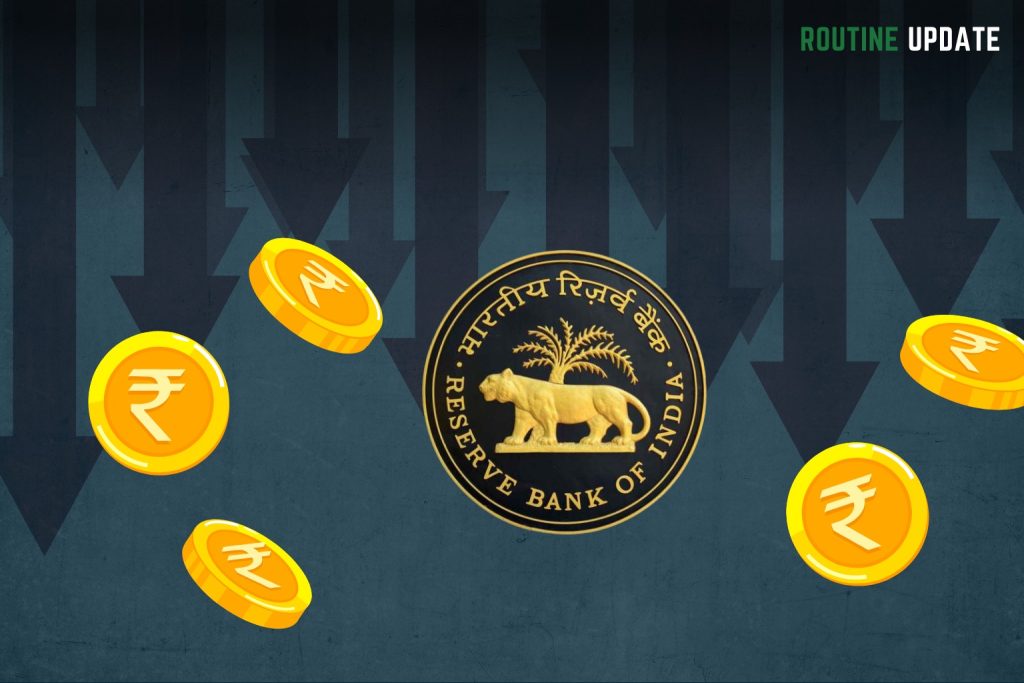The Indian rupee hit a new intraday low of 84.71 per US dollar before recovering slightly to close at 84.69, as the Reserve Bank of India (RBI) was likely active in the market to sell dollars to stop further depreciation of the Indian Rupee.
Along with the broader dollar rally, the Chinese yuan also weakened on the back of the pressure on the rupee. Analysts quoted in a report by the Economic Times predict that the downward pressure on the rupee will persist through December and January, with foreign portfolio investments not expected to resume until after January.
KN Dey, a currency risk analyst at United Financial Consultants, told ET that RBI intervention was evident as dollar pressure continued, and foreign investor buying will likely pick up only after January, once uncertainties surrounding the US presidential transition are resolved.
Domestic investor activity has been supporting equities in the meantime.
Traders believe the RBI sold about $2 billion on Tuesday to manage volatility in the currency markets. Despite this recent weakness, analysts foresee a slight increase in the rupee’s real effective exchange rate (REER), given the rupee’s mild appreciation relative to the Chinese yuan.
According to RBI’s latest bulletin, as of October 31, the rupee was overvalued by 7.21%. Anil Bhansali, head of treasury at Finrex Treasury Advisors, told ET that the REER likely rose due to the rupee’s strength against the yuan.
The rupee’s volatility was partly attributed to the previous day’s sharp drop, which occurred after weak GDP growth and concerns over U.S. President Trump’s tariff threats on BRICS countries.
The Indian government’s 10-year bond yield remained relatively stable at 6.71%, with the market awaiting U.S. non-farm payroll data later in the week, which could provide new insights into the Federal Reserve’s interest rate decisions. A potential rate cut from the Fed would likely reduce domestic bond yields further.




